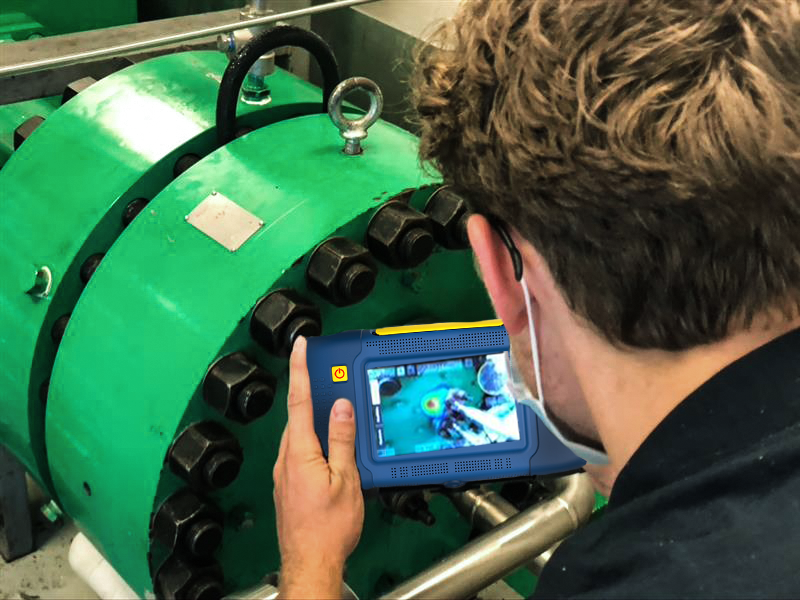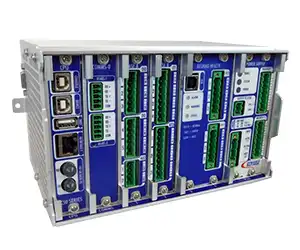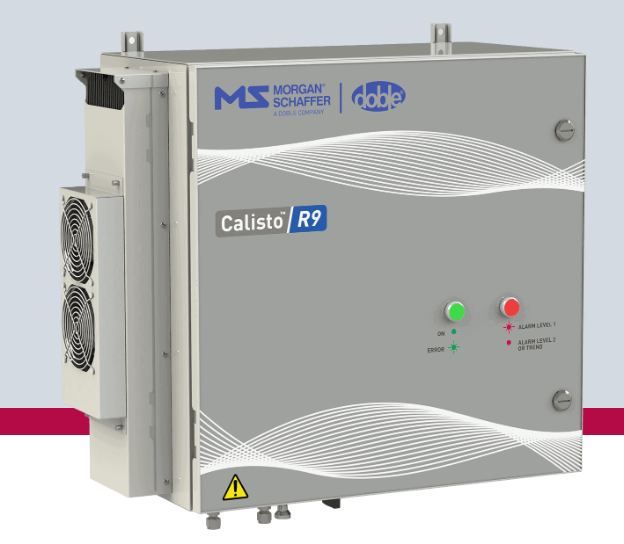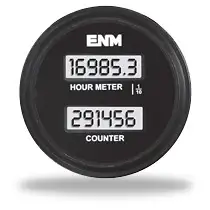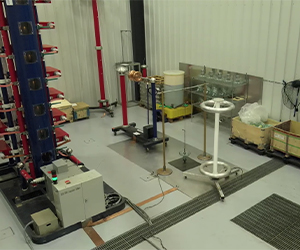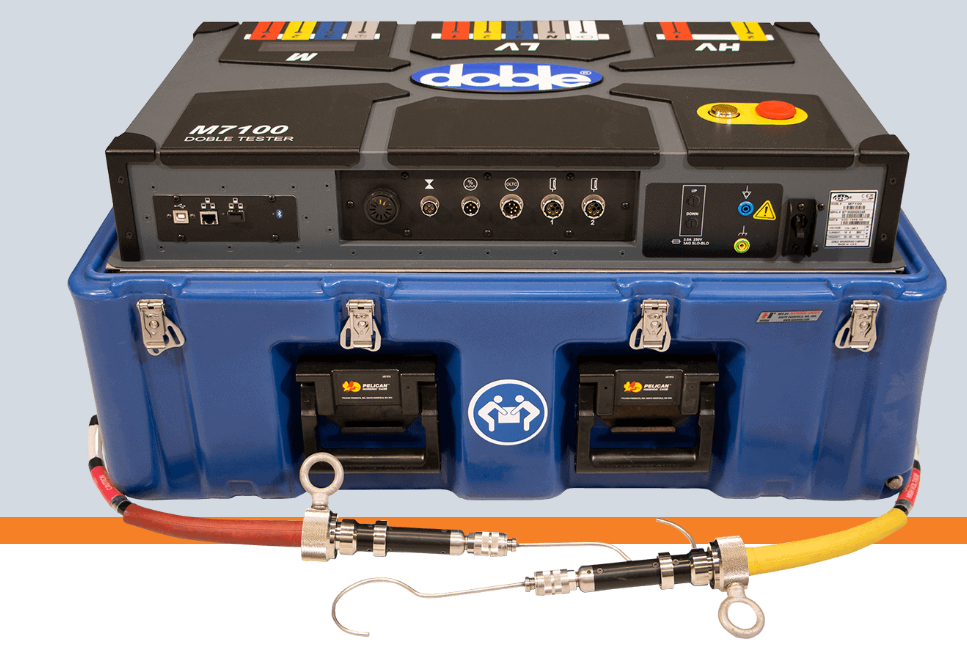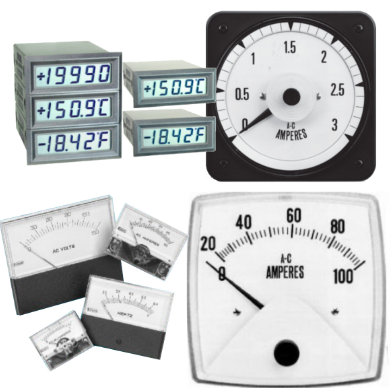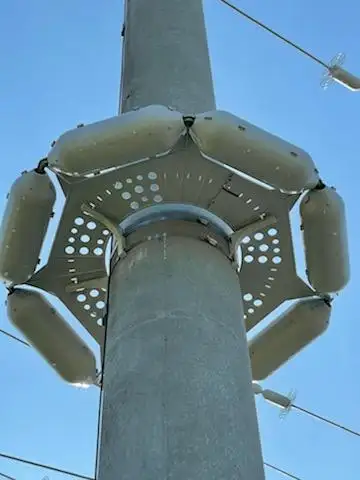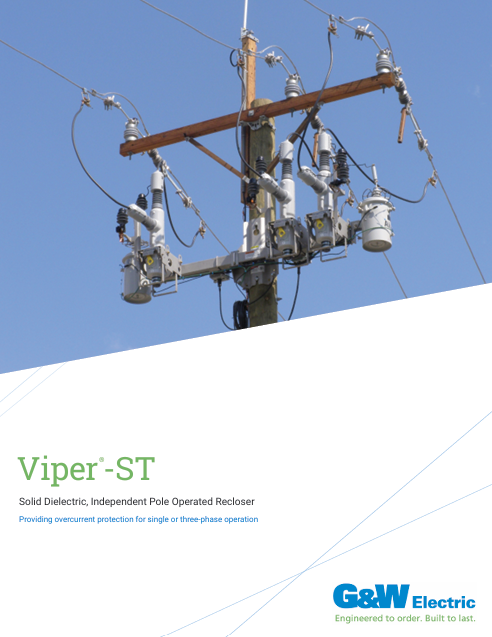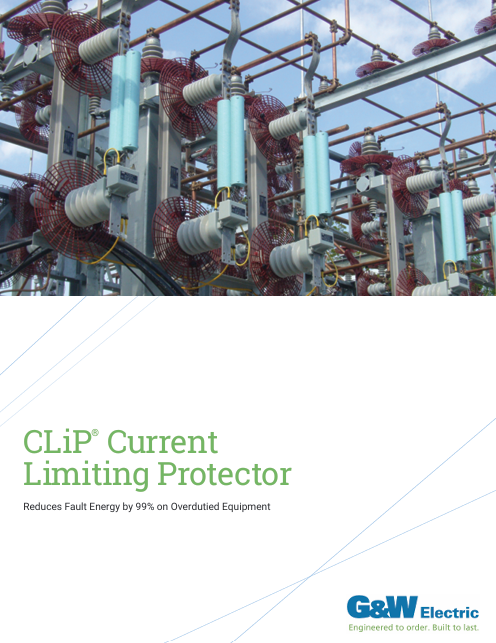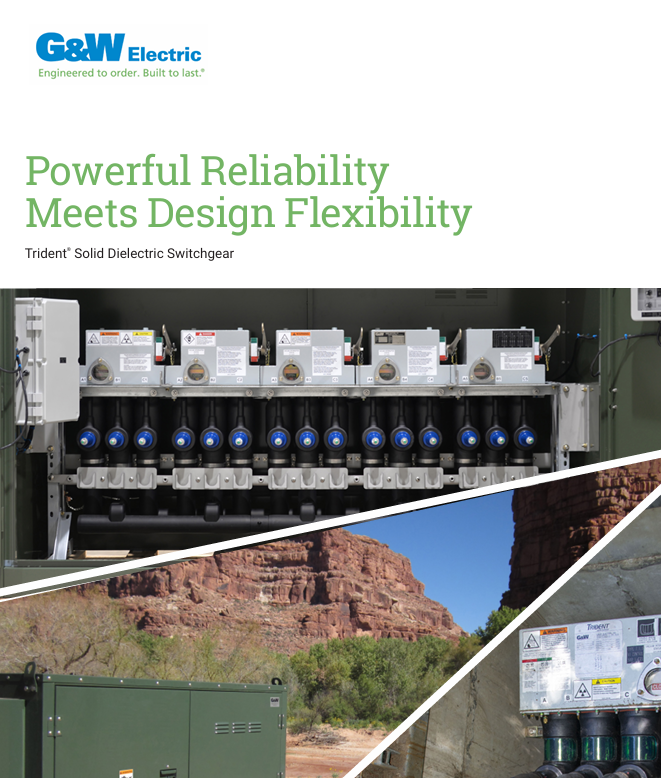Thermal Energy Storage
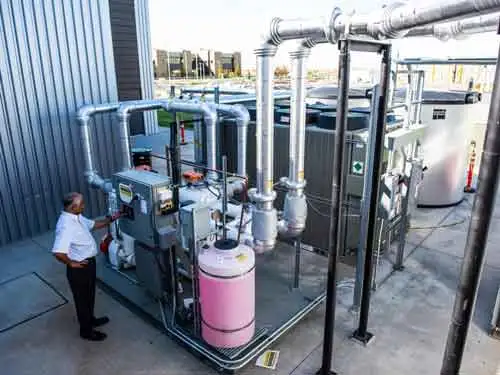
Thermal energy storage is a key technology for energy efficiency and renewable energy integration with various types and applications. TES can improve the energy efficiency of buildings, industrial processes, and power plants and facilitate the integration of renewable energy sources into the grid. However, TES's efficiency and environmental impacts should be carefully evaluated, and sustainable storage technologies should be promoted. The field of TES is constantly evolving, with new technologies and applications emerging, providing exciting opportunities for the future of sustainable energy.
What is Thermal Energy Storage?
Thermal energy storage is a process that involves storing and retrieving thermal energy for later use. It is based on the principle that heat can be converted into different forms of energy, such as electricity, mechanical work, or cooling. As a result, the stored thermal energy can meet the heating, cooling, or other thermal energy requirements, such as hot water or steam. TES systems can be used in various applications, from residential and commercial buildings to industrial processes and power generation.
How is Thermal Energy Stored?
Thermal energy can be stored in different ways, depending on the type of storage medium and the application. However, the three basic thermal energy storage methods are sensible heat storage, latent heat storage, and thermochemical storage.
Sensible heat storage involves storing heat by increasing the temperature of a material, such as water or rock. This method is commonly used in residential and commercial buildings, where hot water tanks or heat exchangers can store excess heat from solar thermal collectors or other sources.
Latent heat storage involves storing heat by changing the phase of a material, such as from solid to liquid or from liquid to gas. Phase change materials (PCMs) are often used for this method, as they can store a large amount of energy in a small volume. For example, a PCM can store excess heat during the day and release it at night, providing passive cooling for buildings.
Thermochemical storage involves storing heat by a reversible chemical reaction, where the energy is stored and released by changing the chemical composition of the storage medium. This method is used in large-scale applications, such as power plants, requiring high temperature and storage capacity.
Types of Thermal Energy Storage Systems
There are various thermal energy storage systems with advantages and disadvantages regarding efficiency, cost, and scalability. Some of the most common types are:
Water tanks are the most straightforward and affordable TES systems, which use insulated tanks to store hot or cold water for later use. They are commonly used in residential and commercial buildings and can be integrated with HVAC systems.
Phase change materials: As mentioned earlier, PCMs can store thermal energy by changing their phase. They are effective for small-scale applications, such as solar thermal systems, and can be integrated with building materials or devices, such as window shades or heat sinks.
Thermal oil: This method uses a heat transfer fluid, such as oil or molten salt, to store and transfer thermal energy. It is commonly used in industrial processes and concentrated solar power (CSP) plants, where high temperatures are required.
Ice storage: This method uses ice as a storage medium, which can be produced during off-peak hours when electricity is cheaper and used for cooling during peak hours. It is commonly used in commercial buildings and district cooling systems.
Aquifer storage: This method involves injecting thermal energy into an underground aquifer and retrieving it later through a heat exchanger. It is commonly used for large-scale, district heating and cooling applications.
Efficiency and Environmental Impacts
The efficiency of thermal energy storage depends on various factors, such as the type of storage medium, the temperature range, the storage capacity, and the heat transfer efficiency. In general, TES systems can achieve high efficiency, up to 90%. In addition, they can reduce energy consumption and costs by shifting the energy demand to off-peak hours, reducing the need for peak power generation.
One of the most promising applications of TES is integrating renewable energy sources, such as solar and wind power. However, these sources are intermittent and variable, which makes it challenging to match the energy demand and supply. TES can help to store the excess energy produced during low-demand periods and release it during high-demand periods, providing a more stable and reliable power supply.
However, the environmental impacts of TES should also be considered, as they can vary depending on the type of storage medium and the application. For example, the production and disposal of PCMs can have environmental consequences, such as greenhouse gas emissions and waste generation. Moreover, TES systems using fossil fuels or emitting greenhouse gases, such as natural gas-fired power plants, can contribute to climate change and air pollution. Therefore, it is essential to minimize the environmental impacts of TES and promote using renewable energy sources and sustainable storage technologies.
Applications of Thermal Energy Storage
TES systems can be used in various applications, from residential and commercial buildings to industrial processes and power generation. Some of the most common applications are:
Heating and cooling of buildings: TES can store excess heat or cold during off-peak hours and release it during peak hours, reducing the energy consumption and costs of HVAC systems.
Industrial processes: TES can store excess heat from industrial processes, such as furnaces or boilers, and reuse it for other functions, reducing energy consumption and costs.
Power generation: TES can be used in power plants, such as CSP plants, to store excess heat and generate electricity during peak demand.
Transport: TES can be used in electric vehicles to store thermal energy and reduce the battery size and weight, increasing the range and performance.
Promising Emerging Technologies
There are various promising emerging technologies in the field of TES, such as:
High-temperature TES: This technology uses advanced materials, such as ceramics and composites, to store thermal energy at higher temperatures, up to 1000°C, enabling more efficient power generation technologies, such as gas turbines.
Thermochemical storage: This technology uses reversible chemical reactions, such as metal oxide reduction and oxidation, to store and release thermal energy, providing high storage capacity and efficiency.
Hybrid TES: This technology combines different TES systems, such as sensible and latent heat storage, to provide a more flexible and efficient solution.
How is thermal energy stored?
Thermal energy can be stored in different ways, such as sensible heat storage, latent heat storage, and thermochemical storage. Practical heat storage involves increasing the temperature of a material, such as water or rock. In contrast, latent heat storage consists of changing a material's phase, such as from solid to liquid or from liquid to gas. Finally, thermochemical storage involves a reversible chemical reaction, where the energy is stored and released by changing the chemical composition of the storage medium.
What are the three basic methods of thermal energy storage?
The three basic thermal energy storage methods are sensible heat storage, latent heat storage, and thermochemical storage.
How efficient is thermal energy storage?
The efficiency of thermal energy storage can vary depending on the type of storage medium, the temperature range, the storage capacity, and the heat transfer efficiency. In general, TES systems can achieve high efficiency, up to 90%. They can reduce energy consumption and costs by shifting the energy demand to off-peak hours, reducing the need for peak power generation.
What are two types of thermal storage?
There are various thermal energy storage systems types, such as water tanks, phase change materials, thermal oil, ice storage, and aquifer storage.
What is thermal energy storage, and how does it work?
Thermal energy storage is a process that involves storing and retrieving thermal energy for later use. It is based on the principle that heat can be converted into different forms of energy, such as electricity, mechanical work, or cooling. TES systems can store thermal energy by increasing a material's temperature, changing the material's phase, or reversible chemical reactions.
What are the different types of thermal energy storage systems, and how do they compare in terms of efficiency and cost?
Different thermal energy storage systems include water tanks, phase change materials, thermal oil, ice storage, and aquifer storage. The efficiency and cost of each system depend on the type of storage medium, the temperature range, the storage capacity, and the heat transfer efficiency.
How can thermal energy storage be used to improve the energy efficiency of buildings and other facilities?
TES can store excess heat or cold during off-peak hours and release it during peak hours, reducing the energy consumption and costs of HVAC systems in buildings and other facilities. TES can also be used in industrial processes and power generation to reduce energy consumption and costs.
What are some of the most promising emerging technologies in thermal energy storage?
Some of TES's most promising emerging technologies include high-temperature TES, thermochemical storage, and hybrid TES.
What are the environmental impacts of thermal energy storage, and how can they be minimized?
The environmental impacts of thermal energy storage can vary depending on the type of storage medium and the application. For example, the production and disposal of PCMs can have environmental consequences, such as greenhouse gas emissions and waste generation. Therefore, sustainable storage technologies should be promoted to minimize the environmental impacts of TES, and renewable energy sources should be used.
On-Site Training
Interested in cost effective, professional on-site electrical training?
We can present an Electrical Training Course to your electrical engineering and maintenance staff, on your premises, tailored to your specific equipment and requirements. Click on the link below to request a Free quotation.
EF PARTNER MEDIA
Product Showcases
Shared Media

